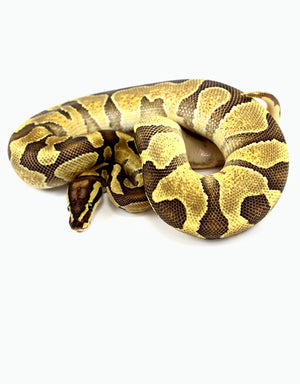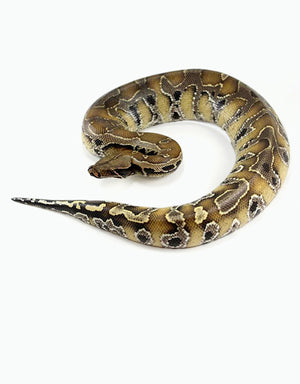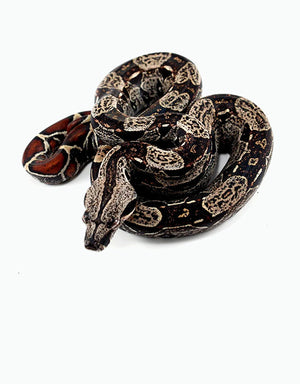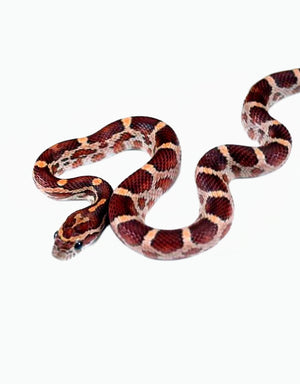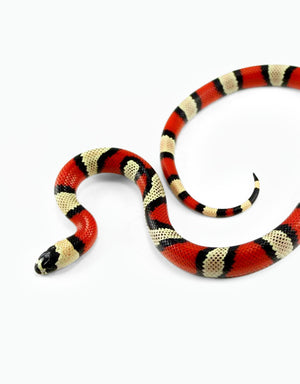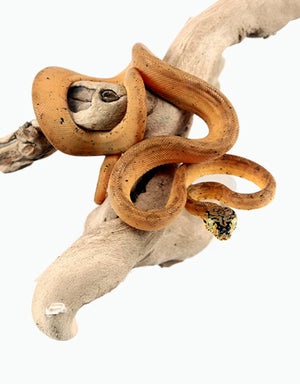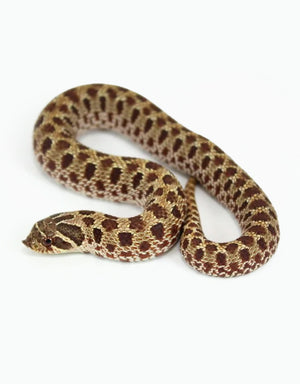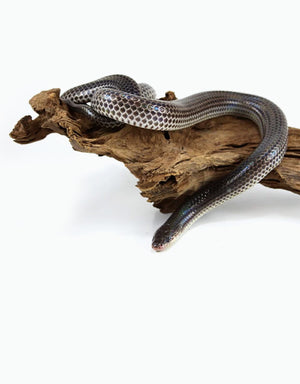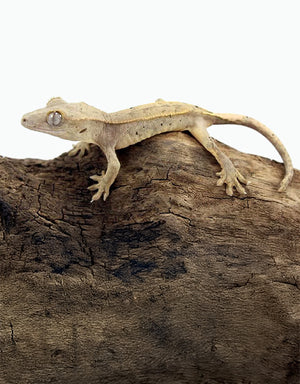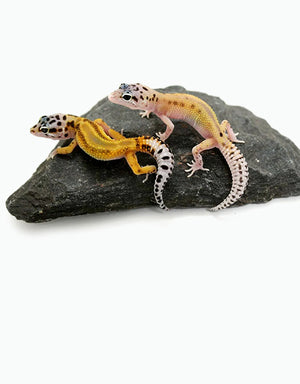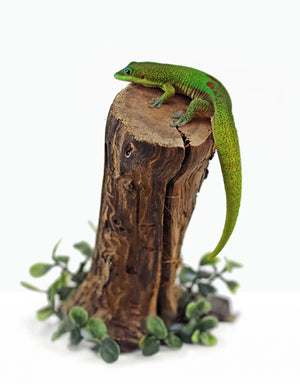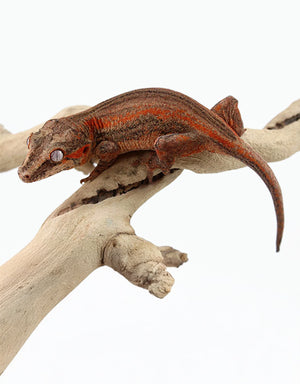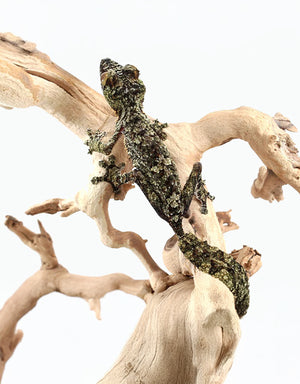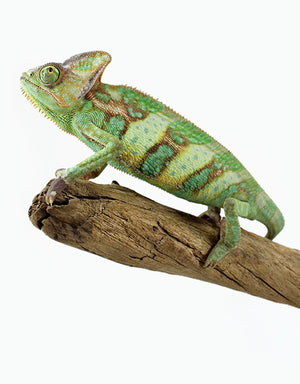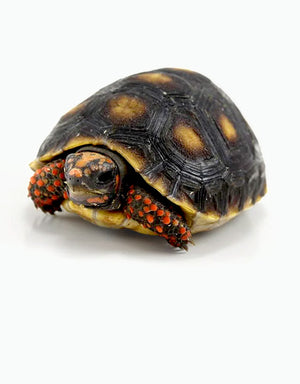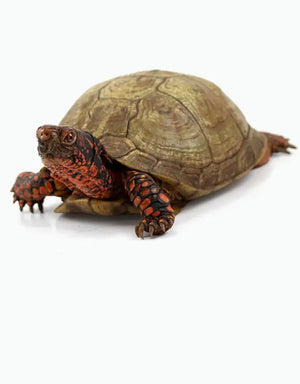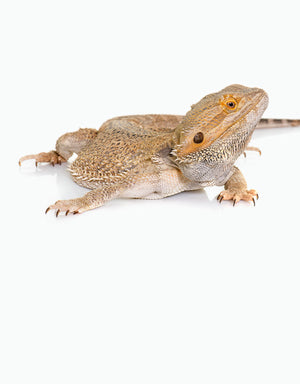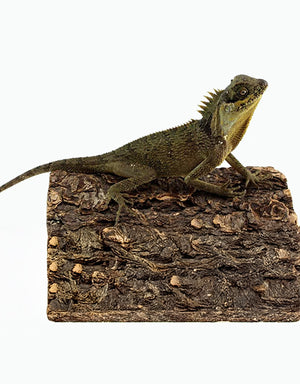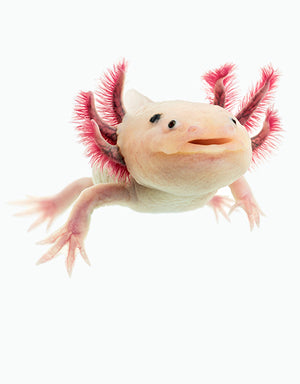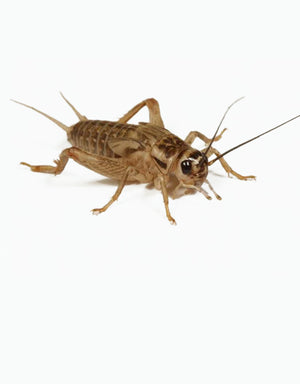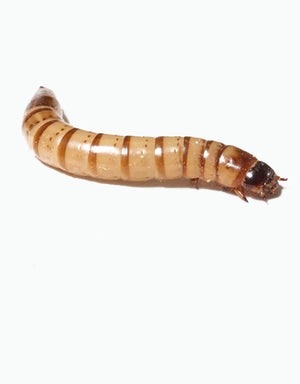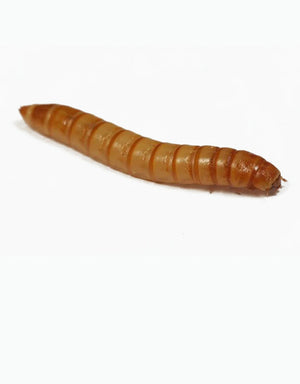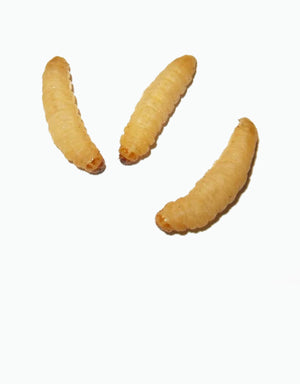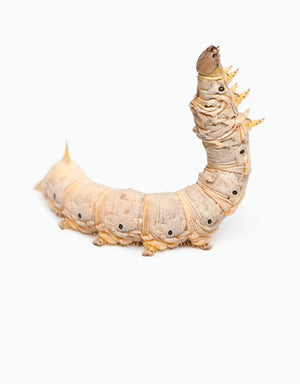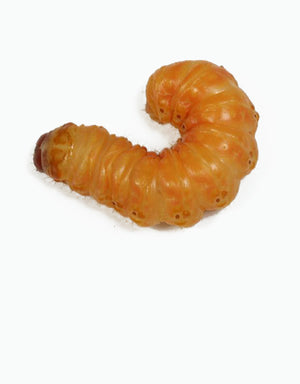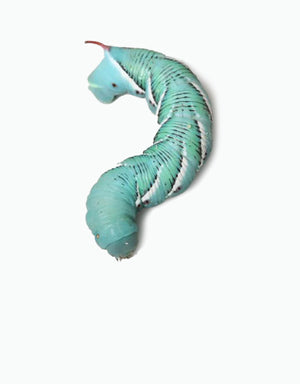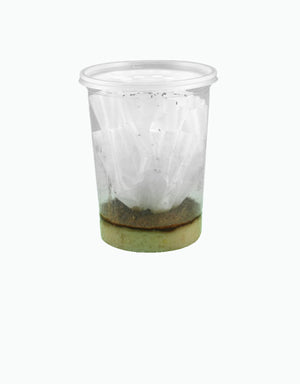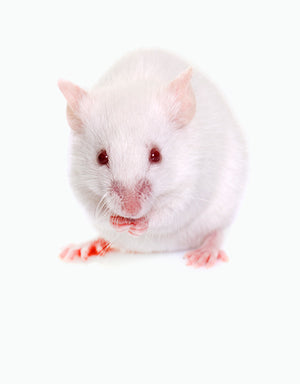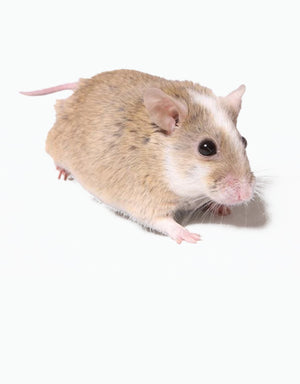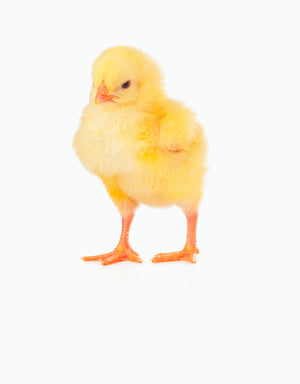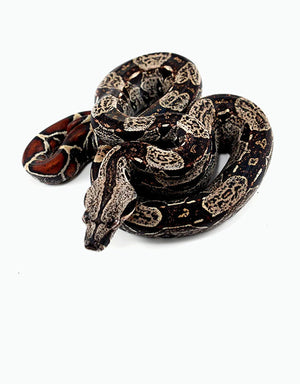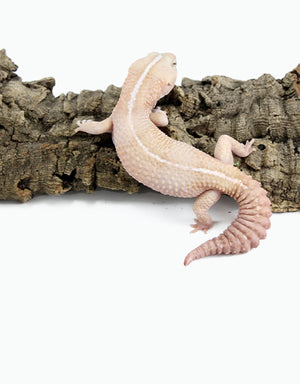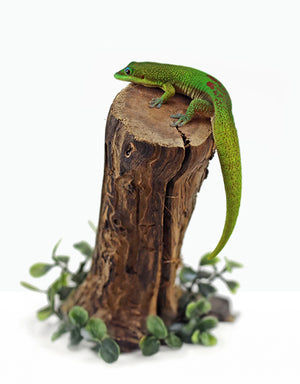Snakes Only Eat Once a Month?
Share

There are plenty of reptile myths that circulate among new keepers, but one of the most common is the idea that snakes only need to eat once a month. While the concept sounds simple, and even convenient, it doesn’t reflect how most pet snakes actually behave or thrive in captivity. Understanding proper feeding habits is an important part of responsible snake care.
Where the Myth Comes From
In the wild, some large snakes may go weeks between meals because their prey is bigger and harder to find. A 12-foot python eating a large animal will digest slowly, so the idea of “monthly feeding” often gets mixed into general snake keeping. But most commonly kept pet snakes are smaller, more active, and rely on more frequent meals to maintain healthy body condition.
How Often Snakes Really Eat
Juvenile snakes usually need to eat more than adults. They grow quickly, use more energy, and digest meals faster. Many juveniles eat every 5–7 days, depending on species. Adult snakes often settle into a routine of every 7–10 days, or sometimes every 10–14 days for larger-bodied species. Rarely does a healthy pet snake truly need to wait a full month between meals.
Understanding Your Snake’s Needs
Species, age, size, and even personality all influence feeding frequency. Popular species all have different natural metabolisms. Knowing your particular snake’s habits makes feeding more intuitive. If a snake seems restless, actively exploring, or showing strong feeding responses, it may be ready for a meal.
Signs of Underfeeding
Underfeeding can lead to a snake becoming visibly thin, losing muscle tone, or being overly food-motivated. In some cases, underfed snakes may refuse food because they lack proper heat or feel stressed, further confusing the keeper. Consistent feeding paired with stable temperatures and secure hiding spots usually leads to better appetite and healthier behavior. We found that using steady heat sources like the ZM Repti Therm Under Tank Heater or Exo Terra Heat Mat helps prevent the temperature dips that often lead to meal refusals.
Feeding and Enclosure Conditions
Heat plays a major role in digestion. If the enclosure isn’t warm enough, meals take longer to digest, and snakes may refuse to eat. This sometimes gets mistaken for “monthly feeding patterns,” when the truth is the snake simply isn’t comfortable enough.
Ceramic heat emitters, such as the Zoo Med Nano Ceramic Heater, provide consistent warmth without adding light, helping maintain stable digestion temperatures day and night. Making sure the warm side of the enclosure is correct for the species helps keep feeding on track.
Final Thoughts
Feeding snakes isn’t about sticking to a rigid timeline, it’s about observing your pet and understanding what it needs. Most snakes eat far more frequently than once a month, and adjusting your schedule to match their natural rhythm supports healthier digestion, smoother behavior, and better long-term well being. Learning your snake’s preferences is part of the fun of keeping them.









